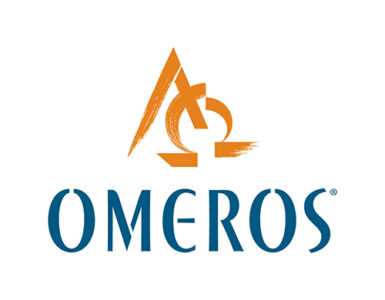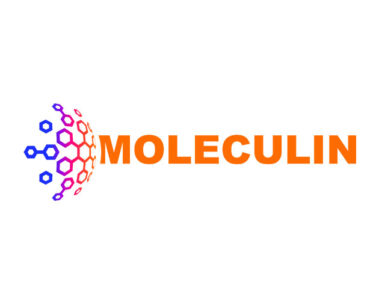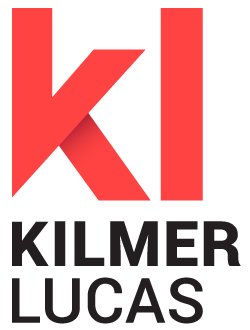
Mallinckrodt (NYSE:MNK) has entered into a licensing agreement for development and commercialization of NeuroproteXeon’s pharmaceutical-grade xenon gas for inhalation therapy being evaluated to improve survival and functional outcomes for patients resuscitated after a cardiac arrest.
Under the accord, Mallinckrodt will pay $10-million upfront to reimburse closely-held NeuroproteXeon for certain product development costs, gaining exclusive rights to commercialize the therapy, if approved, in the U.S., Canada, Japan and Australia.
Mallinckrodt will make additional payments of up to $25-million dependent on achieving clinical, regulatory and sales milestones as well as a tiered, net-sales-based royalty. NeuroproteXeon will manage the development of the product in collaboration with Mallinckrodt.
A Phase 3 xenon gas for inhalation registration trial that will begin in early 2018 is designed to confirm a potential clinical benefit associated with the positive biomarker outcome as demonstrated on MRI scans of patients treated with hypothermia therapy plus xenon gas for inhalation that was seen in a Phase 2b study.
“If the planned Phase 3 study is successful and the biological effect seen in the Phase 2 study translates to clinical impact, we believe xenon gas for inhalation has the potential to change treatment paradigms and increase adoption of the therapy in a population of resuscitated cardiac arrest patients,” Dr. Steve Romano, EVP and CSO of Mallinckrodt, said in a statement.
Bill Burns, NeuroproteXeon CEO, said the company believes Mallinckrodt is the ideal partner given their pharmaceutical gas and drug-device experience, as well as their broad service and technical support infrastructure. “We look forward to working closely with Mallinckrodt in bringing this important therapy to the market so patients having a cardiac arrest may have better survival rates and neurological outcomes.”
U.S. regulatory approval is Mallinckrodt’s first priority, but the company is also evaluating regulatory strategies for market entry in the remaining countries aligned with its existing footprint where it has commercialization rights.






